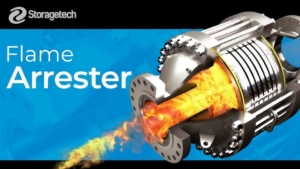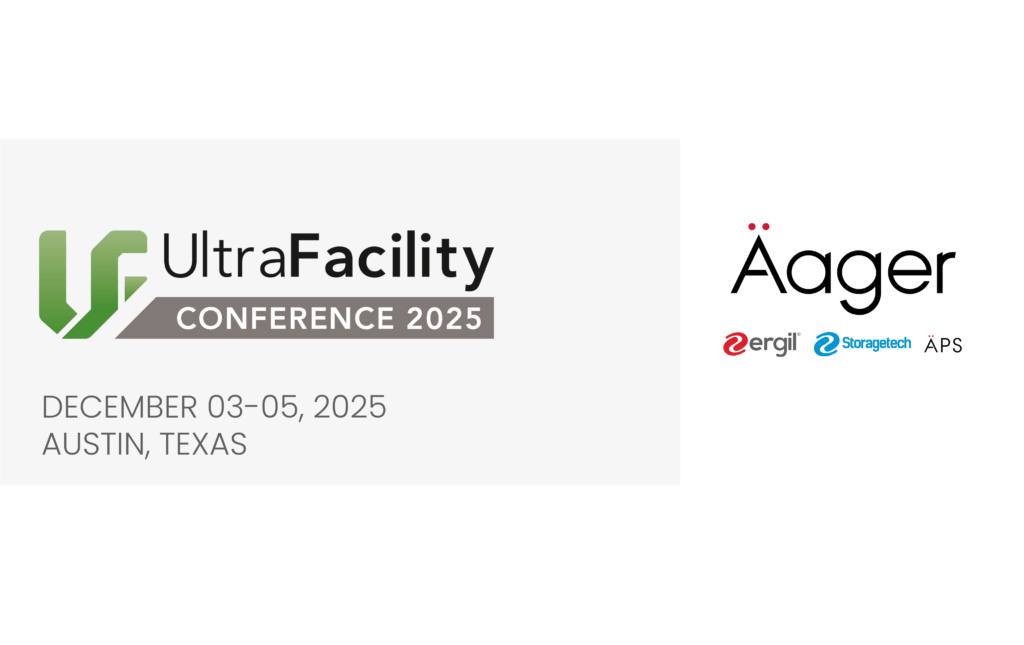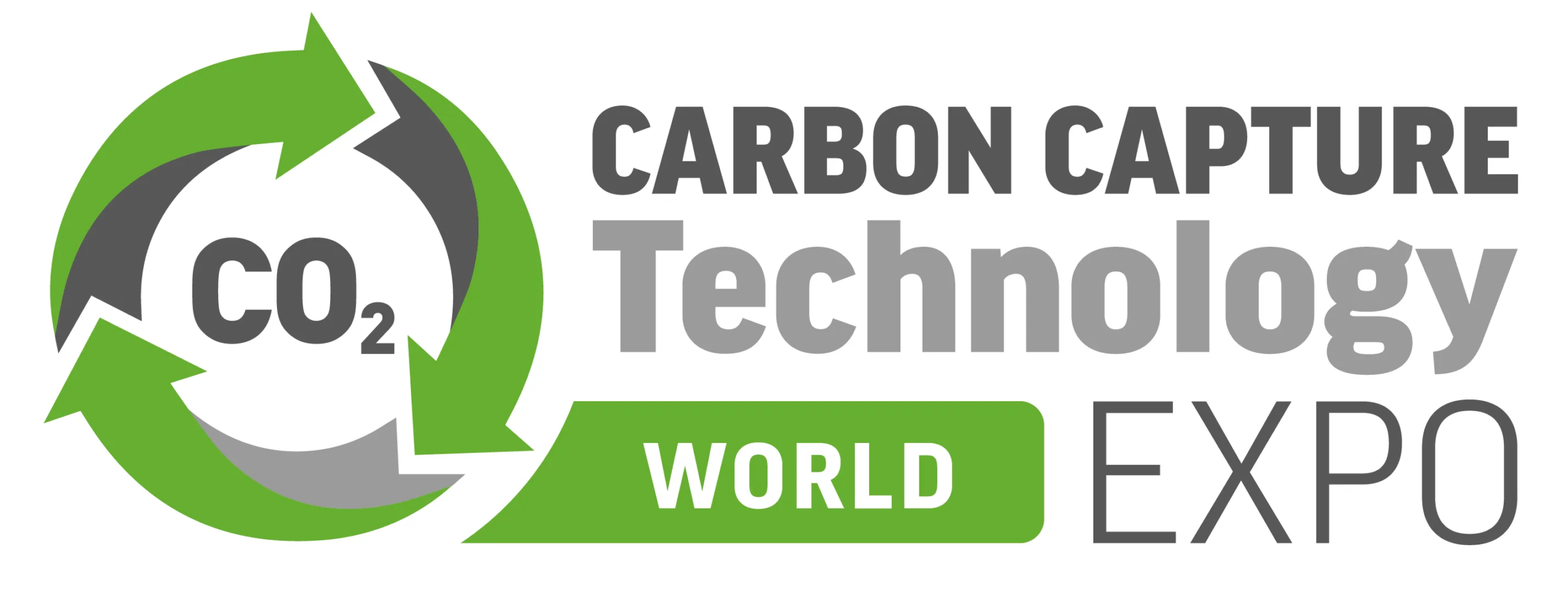Flame Arrester: Definition, Working Principle, and Applications
What Is a Flame Arrester?
A flame arrester is a safety device designed to prevent the transmission of flames through equipment, pipelines, or storage tanks. It allows gases or vapors to pass while stopping the flame front, reducing the risk of explosions and fire propagation. Flame arresters are widely used in industries where flammable gases and vapors are handled, such as oil & gas, petrochemicals, chemical plants, and storage facilities.
How Does a Flame Arrester Work?
The working principle of a flame arrester is based on heat absorption and flame quenching. When a flame tries to travel through a pipeline or vent system, the arrester forces it to pass through narrow channels or mesh elements. These small passages absorb heat from the flame, lowering its temperature below the ignition point of the gas mixture. As a result, the flame is extinguished while the gases continue to flow.
Key Components of a Flame Arrester:
-
Housing: Protects the internal elements and connects to the pipeline.
-
Flame Element (Mesh or Plates): The critical part that dissipates flame heat.
-
End Connections: Ensure secure installation.
Types of Flame Arresters
-
End-of-Line Flame Arrester
-
Installed at the end of a pipe or tank vent.
-
Prevents flames from entering tanks or equipment from the atmosphere.
-
-
In-Line Flame Arrester
-
Mounted inside pipelines.
-
Stops flames from propagating within interconnected systems.
-

Flame Arrester
Where Are Flame Arresters Used?
Flame arresters play a vital role in protecting facilities that handle flammable vapors or gases. Common applications include:
-
Oil & Gas Industry: Protecting pipelines, gas vents, and offshore platforms.
-
Chemical Plants: Ensuring safe transportation of volatile chemicals.
-
Storage Tanks: Preventing ignition sources from reaching fuel tanks.
-
Biogas & Wastewater Treatment Plants: Controlling flammable gas emissions.
-
Marine Industry: Installed on ship fuel tanks and vent lines.
Benefits of Using a Flame Arrester
-
Prevents explosions and fire propagation.
-
Protects equipment and storage tanks.
-
Reduces downtime and costly damages.
-
Enhances workplace safety and compliance with safety regulations.
Conclusion
A flame arrester is an essential safety device for industries working with flammable gases and vapors. By blocking flame transmission while allowing gas flow, it ensures safe operations in pipelines, tanks, and processing plants. Whether used as an end-of-line or in-line solution, flame arresters provide critical protection against explosions and fire hazards.
Frequently Asked Questions (FAQ) About Flame Arresters
1. What is the purpose of a flame arrester?
The main purpose of a flame arrester is to stop flames from spreading through pipelines, vents, or storage tanks that handle flammable gases or vapors. It ensures process safety and prevents explosions.
2. Can a flame arrester stop an explosion?
No, a flame arrester does not stop an explosion itself. Instead, it prevents the propagation of flames, which could otherwise lead to an explosion in connected systems.
3. How do you install a flame arrester?
Installation depends on the type:
-
End-of-line arresters are mounted at tank vents or pipe ends.
-
In-line flame arresters are installed within the pipeline.
It is critical to follow manufacturer guidelines for correct orientation, flow direction, and maintenance.
4. Do flame arresters require maintenance?
Yes. Flame arresters should be regularly inspected and cleaned to remove dirt, dust, or chemical deposits. A clogged arrester can reduce efficiency and cause operational risks.
5. What industries must use arresters by law?
Regulations in oil & gas, chemical, pharmaceutical, marine, and wastewater treatment industries often require flame arresters as part of safety compliance with international standards (API, ISO, ATEX).
Best Practices for Using Flame Arresters
-
Always select the right type based on application (end-of-line or in-line).
-
Ensure proper sizing according to gas flow and system pressure.
-
Perform routine maintenance to keep the arrester free of blockages.
-
Use certified and approved products that meet international safety standards.
Safety Standards and Regulations
Industrial facilities that handle flammable materials must follow strict international safety codes. Organizations such as the American Petroleum Institute (API), the International Organization for Standardization (ISO), and ATEX directives in Europe define how protective devices should be designed, tested, and certified. These regulations ensure that equipment used in potentially explosive atmospheres performs reliably under real-world conditions.
For example, API 2028 provides guidelines on testing methods to ensure that protective barriers withstand sustained flames, flashbacks, and different gas compositions. Compliance with such standards is not only a legal requirement in many regions but also a fundamental step in risk management. Failure to comply can lead to accidents, financial penalties, and damage to corporate reputation.
Importance of Correct Installation
Even the most advanced protective device cannot function effectively if installed incorrectly. In many cases, improper orientation, wrong sizing, or placement in unsuitable locations leads to reduced efficiency. For instance, placing a unit too far from the potential ignition source may increase the chance of flame acceleration before it reaches the safety barrier. Similarly, installing in environments where high levels of dust or condensation are present requires additional consideration, as these factors can affect performance.
Engineers and operators must always consult technical datasheets and installation manuals. Proper training of staff is equally important, as routine handling, inspection, and cleaning tasks require knowledge of system design and safety principles.
Common Challenges in Industrial Use
Although widely adopted, protective barriers face several challenges in practice. One of the most common issues is blockage due to contamination. Residues from hydrocarbons, rust, or chemical deposits can build up over time, restricting airflow. This not only reduces operational efficiency but also increases the risk of pressure buildup.
Another challenge is corrosion. In industries such as wastewater treatment or marine transport, exposure to moisture and aggressive chemicals can degrade materials. For this reason, stainless steel or specially coated components are often preferred.
Temperature fluctuations also play a role. In processes involving cryogenic gases or very high operating temperatures, special designs with enhanced thermal resistance are required. Selecting the right material and structure for each environment ensures longer service life and reliable operation.
Future Developments and Innovations
As industries move toward more sustainable and energy-efficient practices, safety equipment is also evolving. Modern designs now incorporate computational fluid dynamics (CFD) simulations to predict performance more accurately. Manufacturers are experimenting with advanced alloys and nanocoatings that reduce corrosion and extend service life.
In addition, smart monitoring systems are being developed. These systems integrate sensors that track pressure, temperature, and gas flow, sending real-time alerts when maintenance is required. This reduces downtime, prevents accidents, and ensures continuous compliance with safety standards.
As renewable energy sources such as biogas and hydrogen gain importance, protective devices will continue to adapt to new challenges. Hydrogen, in particular, presents unique risks due to its small molecular size and high flammability, requiring specially engineered solutions.
Final Thoughts
In industries where flammable vapors and gases are present, a flame arrester is not just optional — it is essential for safety. By stopping flames from spreading, these devices protect pipelines, tanks, equipment, and workers from catastrophic risks.
Whether you are operating in oil & gas, chemical processing, marine transport, or renewable energy, using the correct flame arrester ensures compliance, safety, and peace of mind.





